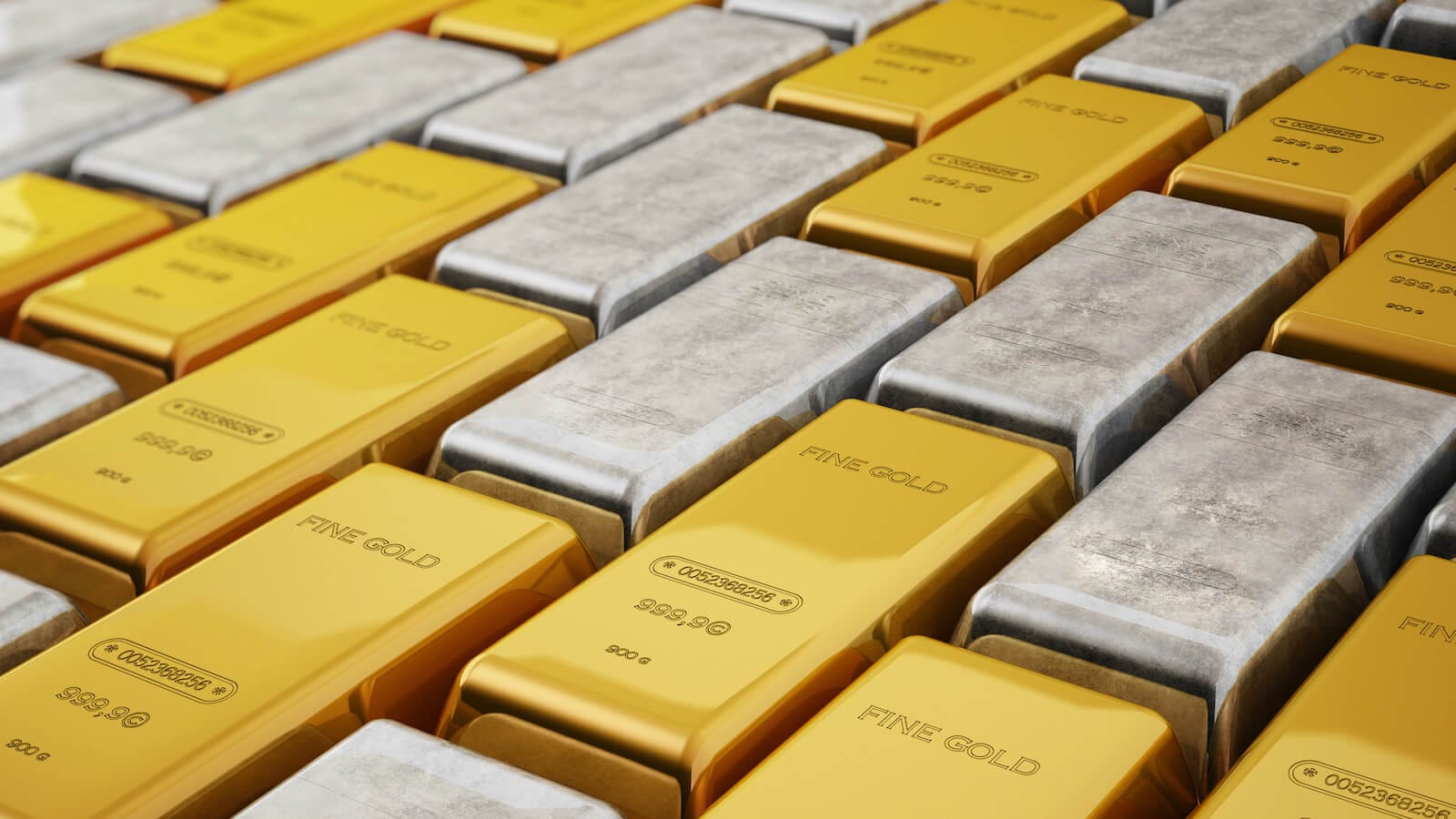WHY UTILITIES ARE DEFENSIVE STOCKS -- PHELPS DODGE FOLLOWS COPPER TO NEW HIGHS -- MORE ON COMMODITY MUTUAL FUNDS -- THE TREND FROM DEFLATION TO INFLATION HAS BEEN GLOBAL
UTILITIES PAY DIVIDENDS ... Earlier in the week I showed utility stocks selling off in reaction to a jump in interest rates. That was due to the fact that utilities are rate-sensitive. At the same time, it's important to recognize that utilities are also considered to be a defensive stock group. Historically, they've always done relatively well in the latter stages of a bull market and the early stages of a bear market. That's mainly due to the fact that utilities usually pay high dividends. And, given the growing popularity of dividends over the last year, that makes utilities an even better bet. During January, I listed utilities as the next defensive stock group that should start showing market leadership -- right behind energy and consumer staples. So far in the new year, utilities have been one of the strongest market sectors. I don't see any chart signs of that leadership role ending. Chart 1 shows that the recent dip in the Utilities Sector SPDR (XLU) bounced off the top of its fourth quarter trading range -- and stayed over its 50-day average. I was admittedly concerned about Tuesday's big volume selloff. The fact that volume is picking up late in the week as prices rise, however, is an encouraging sign for this defensive group.

Chart 1
PHELPS DODGE BREAKS OUT ... The CRB Index has risen to the highest level since the early 1980's. Copper prices have risen to the highest level in fifteen years. It's no surprise then to see Phelps Dodge breaking out today. As part of a strong basic materials group, the big copper producer has broken to a new multi-year high. Its relative strength line is also rising (Chart 2). In case you're wondering if Phelps Dodge has benefited from rising commodity prices, compare charts 3 and 4. Chart 3 shows PD turning up during 2002 just as the CRB Index was starting its climb. Phelps Dodge has been a market out performer ever since. Both have risen above their highs reached in the late 1990's. Basic materials and energy remain two of the market's strongest groups. I see no signs of that trend ending. It's just a question of what's the best way to play the bull market in commodities. You can buy individual commodity stocks like Phelps Dodge. Or you could buy commodity-based ETFs in basic materials and energy -- like the XLB or the XLE. There are also many sector mutual funds that specialize in inflation-type stocks -- both domestically and globally.

Chart 2

Chart 3

Chart 4
WEEKLY FUND LEADERS ARE COMMODITY-DRIVEN ... A quick glance at the Fidelity Fund Carpet for the last week reveals a common theme among the sector leaders. All of the Fidelity leaders are benefiting from rising commodity prices. Domestically, the three leading sector funds are Natural Resources (FNARX), Gold (FSAGX), and Industrial Materials (FSDPX). Also in the top Fidelity five are Latin America (FLATX) and Emerging Markets (FEMKX). Both of those global funds are heavily dependent on rising commodity prices. I've written in the past that there were two ways to benefit from a weak dollar and rising commodity prices. One was to invest in commodity-type stocks. Another was to invest in foreign markets that produce those commodities. That also includes countries like Australia, Canada, and Brazil. [Earlier in the week I listed two mutual funds tied to commodity prices. I've been asked why natural resource funds wouldn't be better. Actually, they have been. But natural resource funds invest in stocks (mainly energy). The two funds I mentioned invest in commodities. I wasn't recommending one type over the other -- but just pointing out what was available to commodity-minded investors.]

Chart 5

Chart 6

Chart 7

Chart 8
FROM DEFLATION TO REFLATION ... The uptrend in these commodity-based markets isn't new. In fact, it's been going on for at least three years. My bullish coverage of these groups isn't new either. As far back as October 3, 2003 I wrote an update headlined: "Chinese Inflation Driving Commodities Higher -- Asian Deflation has Changed to Global Reflation" (October 29, 2003). Earlier that same month I wrote a piece on the upturn in industrial metal stocks like Alcoa, Freeport McMoran Copper & Gold, and Phelps Dodge (October 08, 2003). Both of those earlier messages commented on the upside breakout in Industrial Metal prices shown in Chart 9. I pointed out that the six-year down trendline in industrial metals that started in 1997 had been broken (see circle). The 1997 to 2001 decline in commodities was tied to Asian deflation coming from Japan. The 2003 upside breakout in commodities was tied to Asian inflation coming from China. It's been pretty much uphill for industrial metals since then -- and their stocks. You'll also see a close correlation between the mutual funds in Charts 5 through 8 and industrial metals in Chart 9. Those charts demonstrate that the commodity rally is global in scope, and that investors have to invest not only in commodity-based markets, but in foreign markets tied to those commodities.

Chart 9












